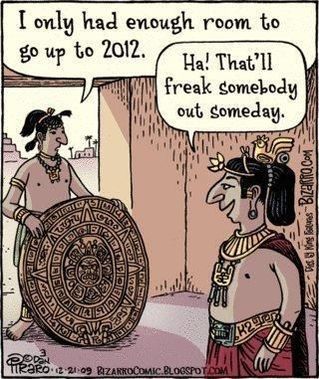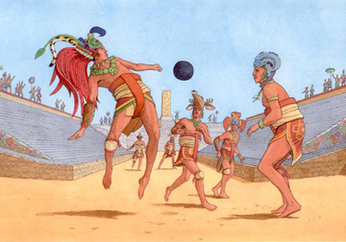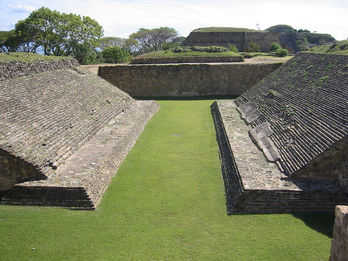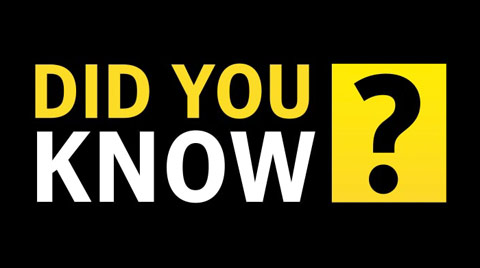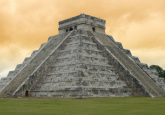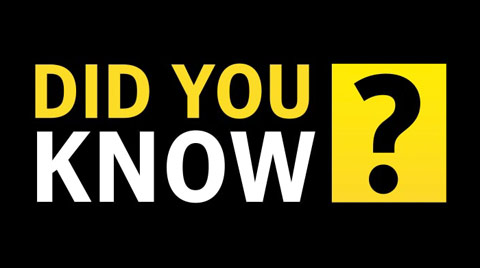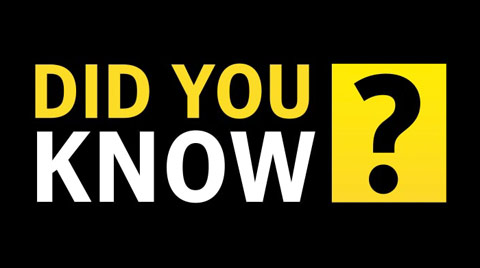Scramblin' thru... Ancient Mesoamerica
Go ahead, drink the water...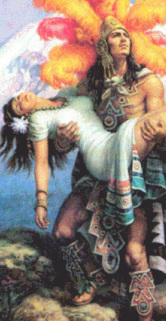
Mesoamerican civilizations arose in Mexico and Central and South America around 2500 BC. Crops like maize (corn), along with the absence of major domesticated animals, made the civilizations of Mesoamerica quite different from their counterparts in the Eastern Hemisphere.
While the Olmecs created the first major Mesoamerican society off the Gulf of Mexico in 1200 BC, their disappearance by 400 BC established a rise-and-fall pattern for future empires. The Mayans, which flourished from 200-800 AD on the Yucatán Peninsula, developed the most advanced civilization of the New World. They produced fine arts, a calendar of 365¼ days, and pyramid-shaped temples. The Mayan Empire fell to the Spanish around 1600 AD. In Peru, the Incan Empire, the largest in the Americas, thrived during the 1400s AD. Their cities were linked by an elaborate system of roads and bridges. In 1533, Spanish conquistador Francisco Pizarro routed the Incas and ended their empire. The Aztecs of Mexico were fierce and warlike, and their polytheistic religion practiced human sacrifices. The Aztecs built their capital Tenochtitlán [pronounced: Te-noch-teet-lan] in what is now Mexico City. By 1500 AD, they had almost four million people. The Aztec Empire fell in 1519 AD when their leader Montezuma was defeated by Spanish conquistador Hernán Cortés. (Anyone see a pattern here?) |
Pyramids weren't just an Egyptian thing. Mesoamericans began to
build ceremonial pyramids in the larger towns after 1500 BC. These settlements soon grew into religious and political centers. Hidden high in the Andes Mountains of Peru was the spectacular Inca city of Machu Picchu, which was never found by the Spanish. These ruins, a major archeological discovery, weren't located until 1911!
Who's up for some sports? Turns out, the "Mesoamerican Ballgame" is possibly the oldest sport in America, dating back to 1250 BC.
The simple game provided entertainment and offered solutions to hereditary conflicts, wars... and was believed to predict the future. At least one ball court has been discovered in almost all major Mesoamerican cities. The game was played in "I" shaped courts surrounded by sloping walls for the ball to bounce off of and platforms for spectators. Two teams were involved, and the object was to put a rubber ball into the opponents side of the court without using hands or feet. Only a player's hips could be used. The ball weighed eight pounds (contrast that with a modern football that weighs one pound)! Ancient ballplayers wore protective gear, including wide padding around their hips called "yokes" to avoid the... ahem... "nut" shot! They also wore pads on their forearms and knees. Like today's pro-athletes, ballplayers played for wealth. Sponsors were involved, and there were often religious ceremonies before and after each game. Bets were also played on the outcome, and payments were taken seriously. As players strived to gain wealth and elevated social status, they did take one major risk: it was common for the losing team to be decapitated. (Safe to say there wouldn't be too many teams like the Cubs...) Between 100,000 and 8,000 years ago, the Ice Age sucked up a lot of Earth's water into glaciers. This made a land bridge between Alaska and Siberia. Asians crossed this Bering Land Bridge and became the first Americans.
The Native Americans who greeted the first Europeans were diverse. They spoke 300-350 distinct languages, and their societies and customs varied. In North America, the Mound Builders constructed cities surrounded by farmland from Missouri to Mississippi. The Pueblo of the Southwest irrigated their land with river water. In the East, the Iroquois and Powhatan formed military alliances. So, if Africans migrated to Asia, and Asians migrated to America... then we're all related! What'd ya say, bro? |


